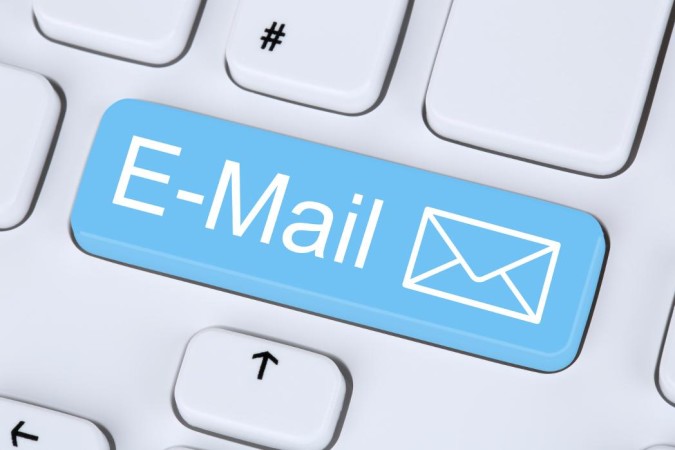Creating emails that get significant replies is a challenge for any brand. Nobody responds to insincere emails with subject lines that are designed as click-baits but do not mean a thing. These types of emails usually go the Junk or Spam folders. How do you send email messages that readers respond to? Marketers are trapped into believing that requesting a reply and using templates or sample letters are the best ways to ensure that emails get noticed. This is not the case.
If your goal is to send emails that get top-notch and consistent response rate, your brand should first and foremost concentrate on creating a reputation for being authentic, sincere, and empathetic. Having this reputation will ensure that you will have clicks and email responses, eventually increasing conversion rates for your products and services.
Here’s an interesting true story to illustrate the effectiveness of building connections to relevant clients through emails: Despite marketing budget being cut by 30%, certain marketing executive’s revenue increased by 17%. The VP of the department, scratching his head, approached the marketing executive, asking what he did to come up with the positive increase. What he did was so simple but it made a huge difference: he focused on creating personal connections with a number of core clients through email.
Here is the marketing executive’s effective and traceable system to garner email responses:
- Setting aside at least 30 minutes a day to connect with core clients, highlighting knowledge of new products and services, giving feedback, and sharing opinions and recommendations.
- Sending at least two emails.
- Tying client responses to future ad sales.
What is remarkable about this tried-and-tested system is that it initially was just an enjoyable way to connect with customers. This started ten years ago and it just grew organically.
This story is a perfect example of how email outreach should not be discounted as a marketing tool. It could be a powerful strategy if the right process is adopted. Email marketing should also focus on sending emails that earn meaningful responses.
Many people have an incorrect notion that social media is a more effective marketing tool compared to sending emails. However, the graphic below shows that despite a huge chunk of the marketing budget being consumed by social media marketing email delivers the highest ROI for marketers and builds lasting connections.
There is a lot of information on the internet on email outreach. You’re probably asking why you need to read another post, and what is this post’s value to you?
Well, everyone has room to be more effective at email, whether for marketing or outreach purposes. In fact, the industry could use better email strategies, which, with more diligence and attentiveness, could yield better results versus social media marketing.
There are three major reasons for this post: first, to correct the prevalence of unproductive and unsuccessful email outreach; second, to highlight the importance of email to Search Engine Optimization and marketers; and third, to share successful strategies for creating emails that garner responses.
Here are some fool-proof ways to improve your email response rate.
- Inform the receiver what they will get out of it.
After the short greetings, get straight to the point. This shows the reader that you value their time and that you have empathy. Identify the receiver’s needs and show how your product or service can help them.
- Seize attention of mobile readers with a catchy first sentence.
Many subject lines cannot be trusted so a lot of emails go unopened. Since most people will most likely open their emails on their mobile device, disregard the subject line and create an attractive first sentence, which is usually shown in mobile devices. SEOs will have an easy time with this principle because they always include keywords in the first few sentences for blog posts or emails.
- Have correct grammar.
Having correct spelling, conventions, or subject-verb agreement can make or break a marketing email. Most people disregard emails with blatantly wrong grammar. Your message, no matter how sincere, will never see the light of day once readers detect incorrect grammar. You will be surprised how many people feel the need to disregard an email that has a lot of grammatical issues.
- Name the problem and show the readers how it can be solved.
Your content should be able to show the reader how a problem can be solved. A few choice sentences that probably begins with,” I know that you’re looking to…” or “Brands facing the same challenges also faces…” will most likely be read.
You need to be able to show the reader, in just a few words, that you understand their problem and that you or your company have a clear solution for their problem.
- Have a clear, explicit call-to-action strategy with next steps spelled out distinctly.
Having a clear call-to-action is important in any email message. This call-to-action statement may result in conversion. Remember to include the intended next steps at the end of every email. The call-to-action must be clear and to-the-point.
- End the email with a memorable positive message.
It is important to end the email message with a short, positive message. More than the words, the tone should be cheery but not too familiar. According to the chart above, “Thanks in advance” is the most effective email closing. But don’t just rely on the given information. At the very least, keep track of your most effective closings by listing them down and taking note of the ones that garnered the best responses.
On a Final Note
All the email marketing tips shared in this post are simple and doable. Since we all spend a considerable amount of time and effort on emails each day, let’s all make it worthwhile and have it work to our brand’s advantage.

Recent Comments